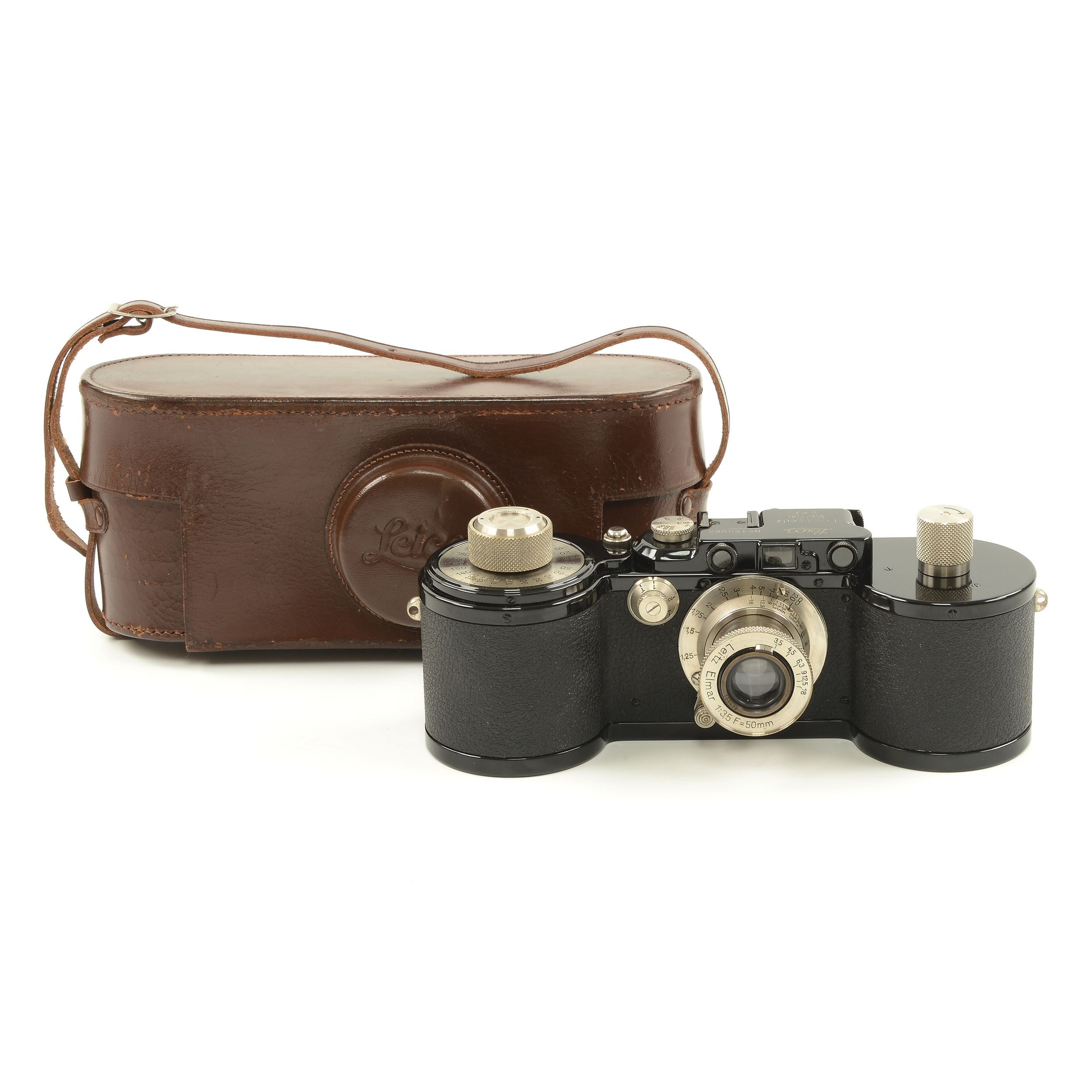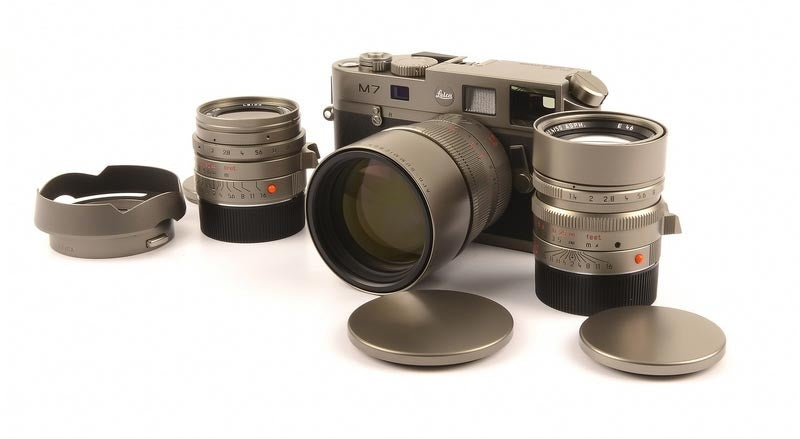Ernst Leitz Wetzlar GmbH was founded in 1869 by Ernst Leitz in Wetzlar, Germany, as a continuation of the Belthle microscope factory. However, the Leitz name remains most closely associated with the development of high-quality cameras.
In 1913, Oskar Barnack developed the prototype for the Leica camera. In 1925, it was ready for commercial production. This Leica I, with a format of 24x36 mm, was marketed as a 35mm camera and quickly became popular among photographers.
In the 1930s, the brand became synonymous with high quality lenses. Many photographers particularly appreciate the bokeh of Leica lenses. The launch of the Leica M3 in 1954 was an important milestone for . . . More
Ernst Leitz Wetzlar GmbH was founded in 1869 by Ernst Leitz in Wetzlar, Germany, as a continuation of the Belthle microscope factory. However, the Leitz name remains most closely associated with the development of high-quality cameras.
In 1913, Oskar Barnack developed the prototype for the Leica camera. In 1925, it was ready for commercial production. This Leica I, with a format of 24x36 mm, was marketed as a 35mm camera and quickly became popular among photographers.
In the 1930s, the brand became synonymous with high quality lenses. Many photographers particularly appreciate the bokeh of Leica lenses. The launch of the Leica M3 in 1954 was an important milestone for the company. By the middle of the 20th century, the Leica name had completely eclipsed the original company name, and Ernst Leitz Wetzlar GmbH became generally known as Leica. This marked the transition from microscopes to one of the most iconic names in photography.
Ernst Leitz Wetzlar GmbH continued to exist until 1986, when it became Leica Camera, which continues to produce high-quality cameras and lenses to this day.
Less

